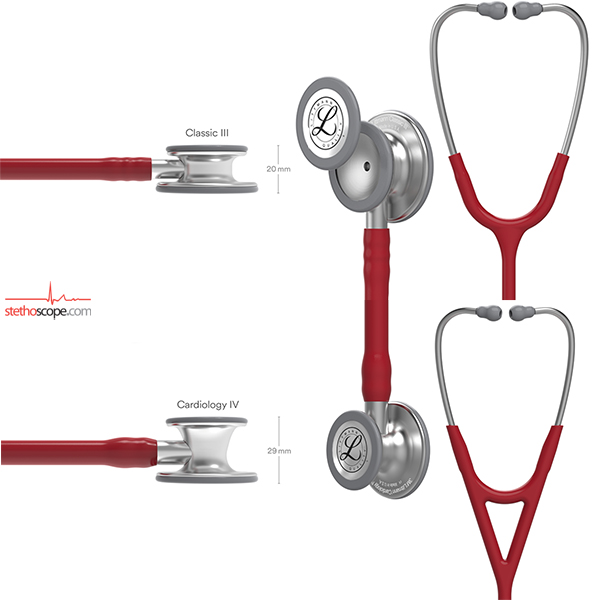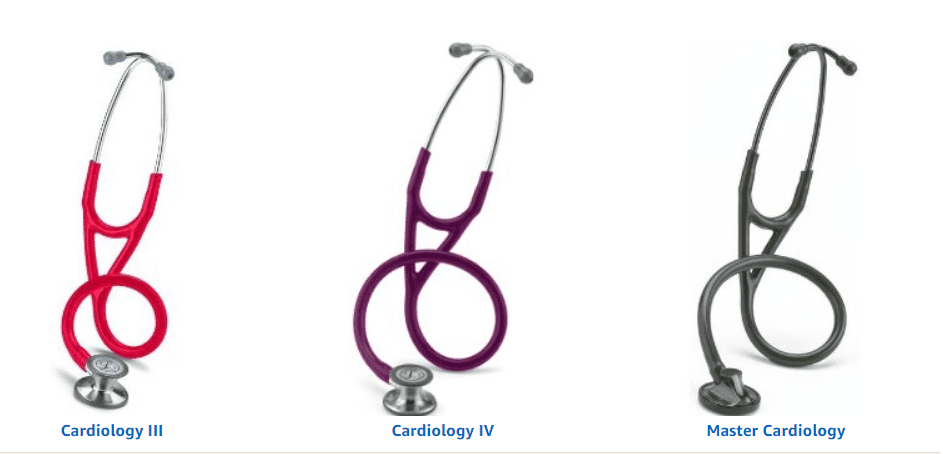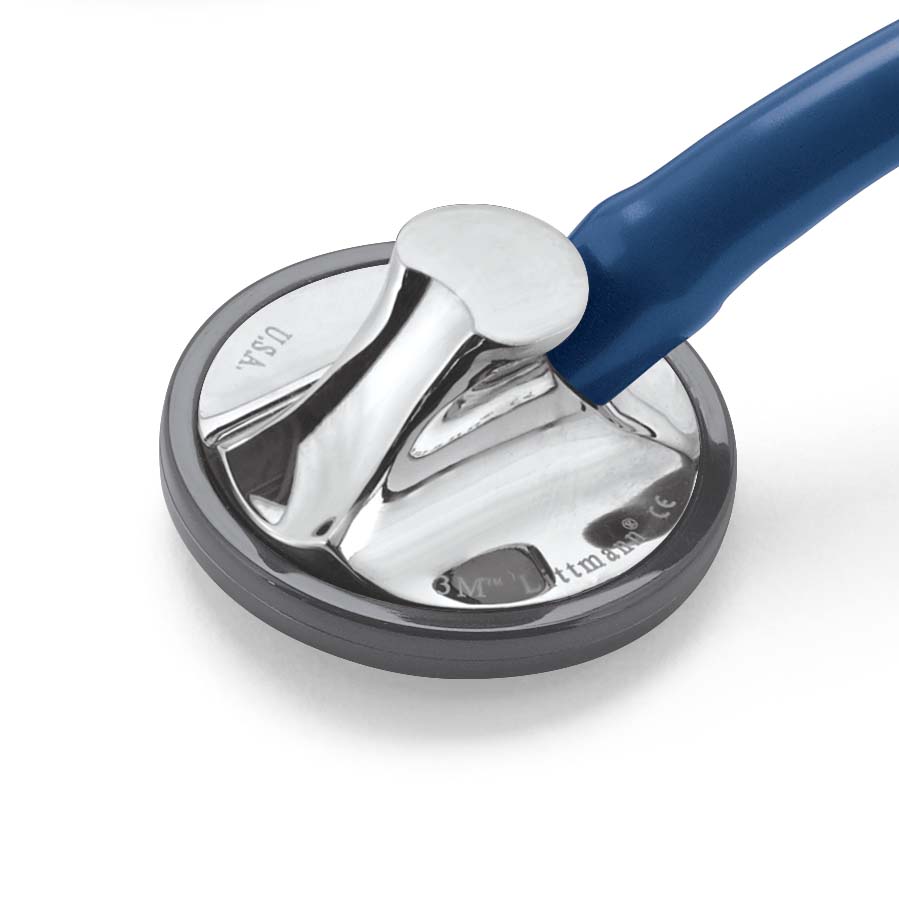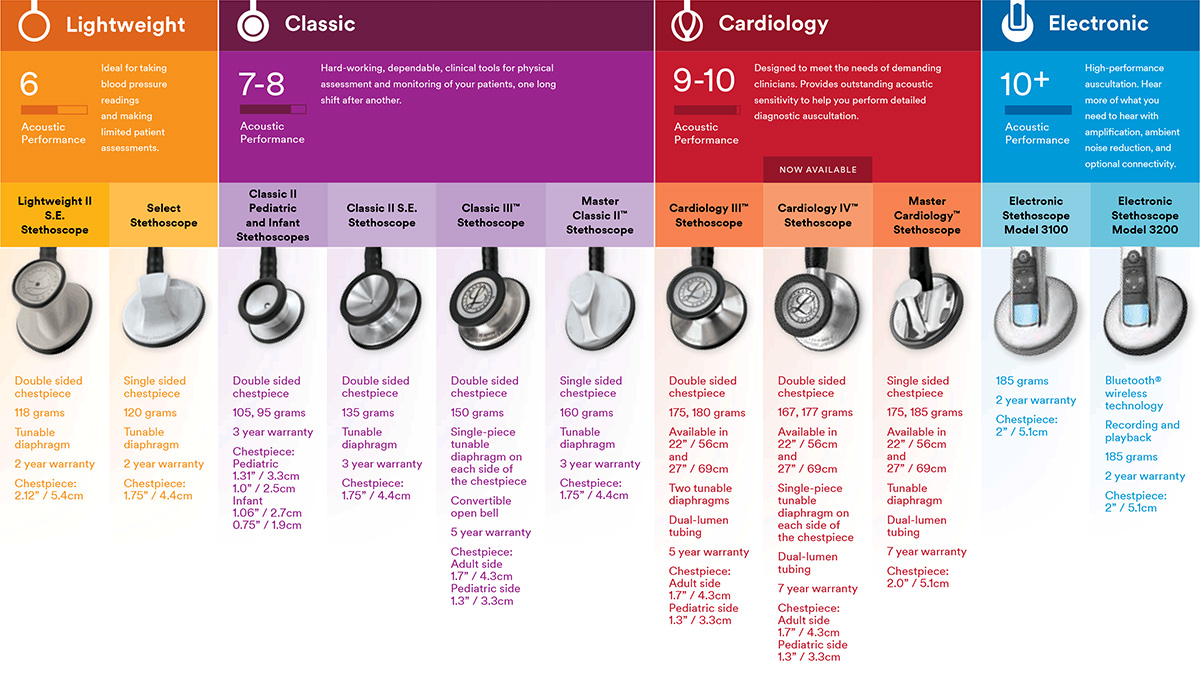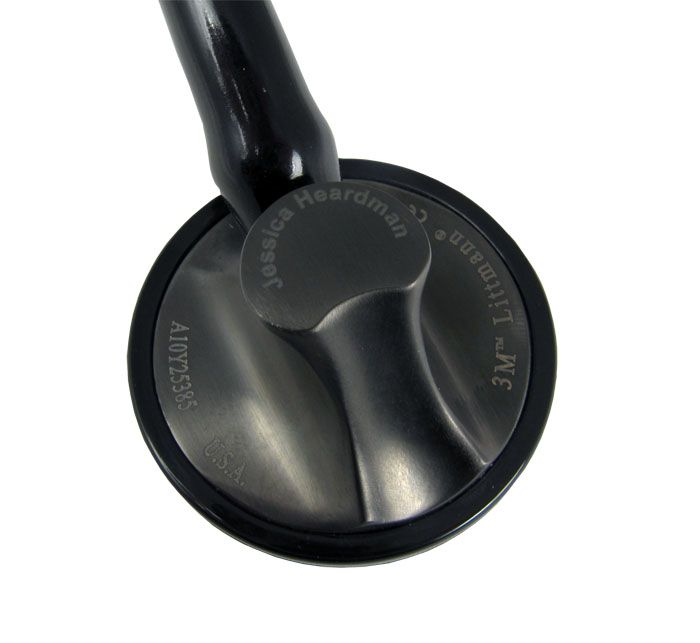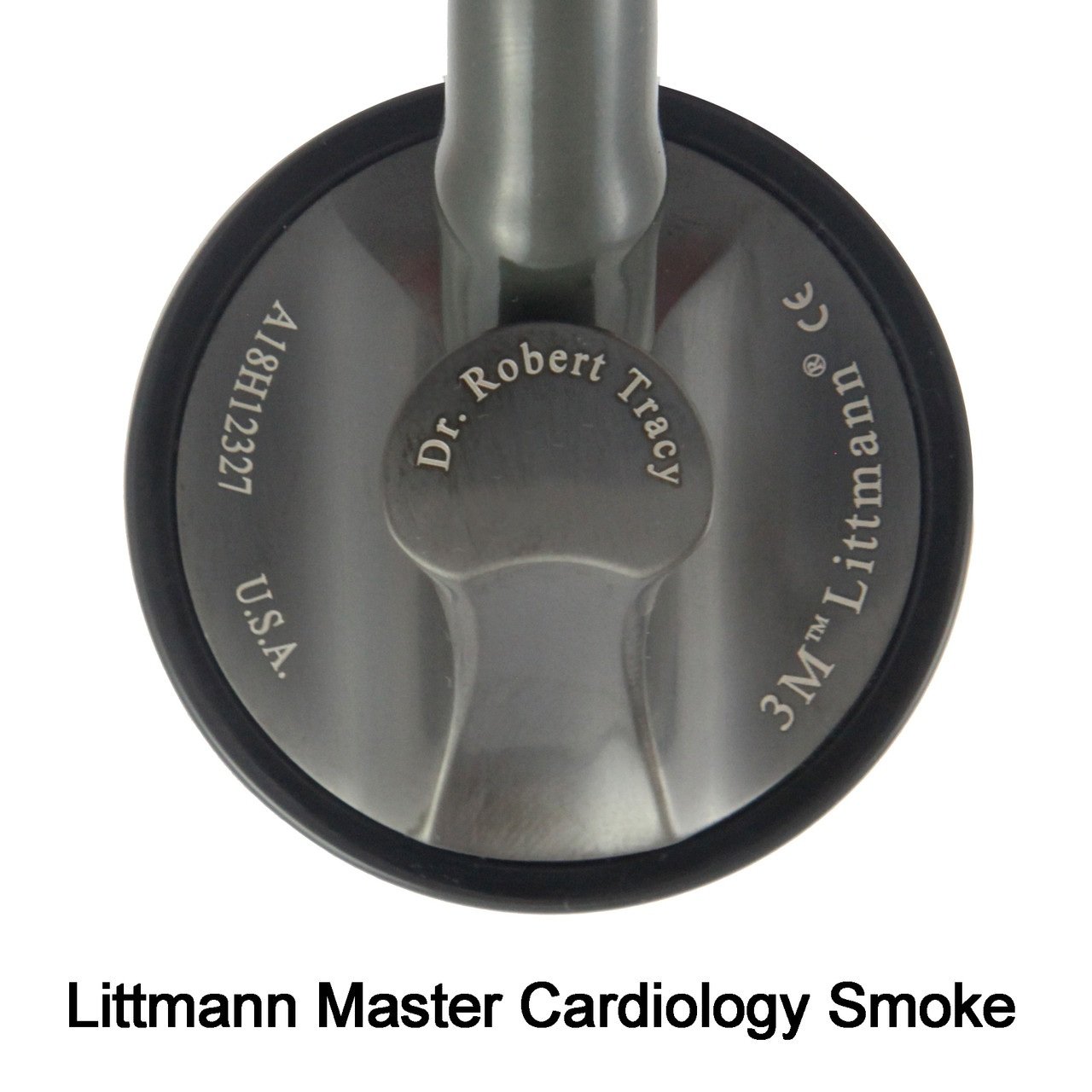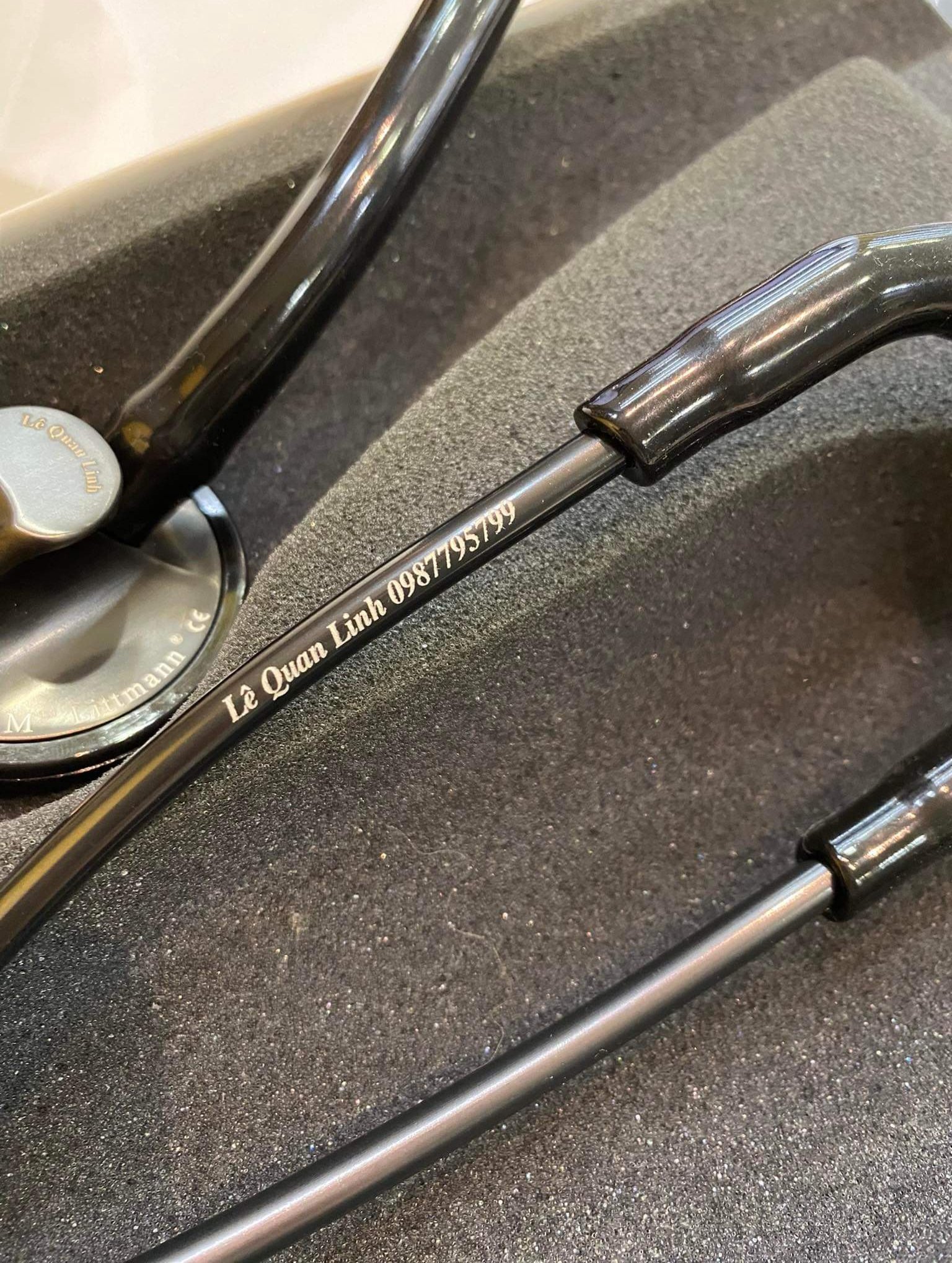Littmann Master Cardiology Vs Cardiology 4

For medical professionals, the stethoscope is more than just a tool; it's an extension of their senses, a crucial instrument in diagnosing and monitoring patients. Two popular high-end stethoscopes consistently garner attention: the Littmann Master Cardiology and the Littmann Cardiology IV. This article provides an objective comparison, highlighting their features and differences to aid healthcare providers in making an informed decision.
Choosing the right stethoscope is vital for accurate auscultation, influencing patient care and diagnostic confidence. This comparison explores key differences in acoustics, design, and functionality between these two models. The goal is to provide a comprehensive overview, allowing clinicians to weigh the pros and cons based on their specific needs and practice environment.
Acoustic Performance
The acoustic performance of a stethoscope is paramount. The Littmann Master Cardiology is renowned for its exceptional sensitivity, particularly in detecting subtle heart sounds and murmurs. This enhanced acoustic quality stems from its single-sided chestpiece, allowing practitioners to focus intensely on the sound transmission.
The Cardiology IV offers excellent acoustics as well, though some clinicians perceive a slight difference compared to the Master Cardiology. It features a dual-sided chestpiece, enabling the user to switch between low and high-frequency sounds by simply adjusting the pressure.
The dual-lumen tubing, present in both models, is designed to minimize rubbing noise, further enhancing sound clarity. This is a crucial feature for accurate auscultation in noisy environments.
Design and Features
The Littmann Master Cardiology boasts a unique, hand-crafted, single-sided chestpiece, streamlining the auscultation process. Its special procedure adaptor is useful for pediatric or infant patients.
The Cardiology IV features a dual-sided chestpiece with tunable diaphragms on both the adult and pediatric sides. This allows for versatile use across a wider range of patients without the need for a separate adaptor.
Both models utilize next-generation tubing that is resistant to skin oils, alcohol, and other common substances. This contributes to a longer lifespan and reduces the likelihood of discoloration over time.
The headset tension is easily adjustable on both models for a comfortable and personalized fit. This is especially important for clinicians who use their stethoscopes for extended periods.
Clinical Applications
The Master Cardiology is often favored by cardiologists and other specialists who require the highest level of acoustic sensitivity. Its design is optimized for detecting faint heart sounds, making it ideal for diagnosing complex cardiac conditions.
The Cardiology IV's versatility makes it a popular choice for general practitioners, nurses, and medical students. Its ability to assess both adult and pediatric patients without switching chestpieces offers convenience and efficiency.
Ultimately, the choice depends on the individual's needs and the specific demands of their practice. Consider whether you prioritize maximum acoustic sensitivity for specialized cardiac assessments or value the versatility of a dual-sided chestpiece for general use.
Price and Availability
Generally, the Littmann Master Cardiology tends to be slightly more expensive than the Cardiology IV. Prices can vary based on retailer, promotions, and any customizations.
Both models are widely available through medical supply stores, online retailers, and authorized Littmann distributors. Check for warranty information and return policies before making a purchase.
Consider budgeting for accessories, such as carrying cases and replacement eartips, to further enhance your stethoscope experience.
Conclusion
Both the Littmann Master Cardiology and the Cardiology IV are high-quality stethoscopes designed to meet the demands of modern healthcare. The Master Cardiology emphasizes exceptional acoustic performance for nuanced cardiac assessments, while the Cardiology IV provides versatility and convenience with its dual-sided chestpiece.
Healthcare professionals should carefully evaluate their individual needs and practice settings before choosing the stethoscope that best aligns with their requirements. By considering the factors outlined in this comparison, clinicians can make an informed decision that contributes to improved patient care.
Ultimately, the best stethoscope is the one that provides the clinician with the confidence and accuracy needed to effectively assess their patients. Both the Littmann Master Cardiology and the Cardiology IV are reliable tools that can help healthcare providers achieve this goal.


